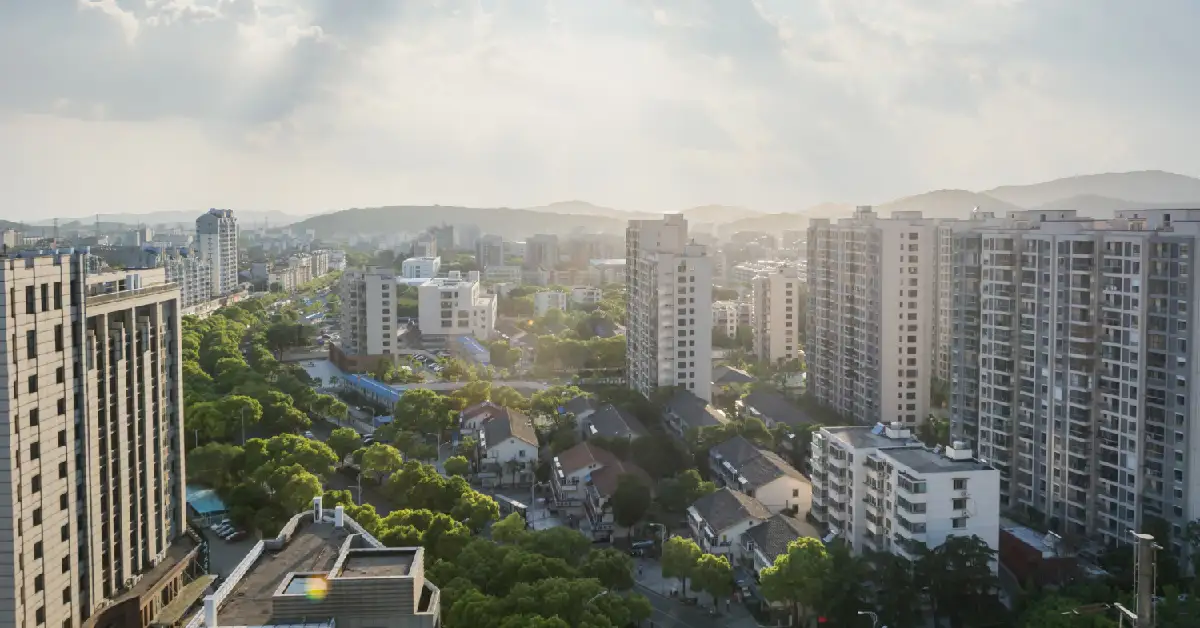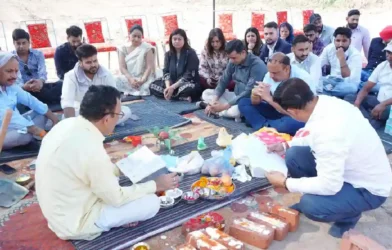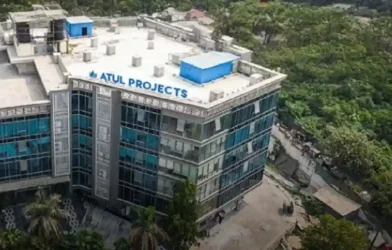Subtotal ₹0.00
Affordable housing in India requires more than just higher Floor Space Index (FSI), and demands a mix of policy measures to ensure inclusivity and sustainability, said Kuldip Narayan, Joint Secretary, Ministry of Housing and Urban Affairs (MoHUA), while speaking at the 17th NAREDCO National Convention in New Delhi on Saturday.
He said that rising FSI can play a role in land-scarce cities, but it cannot by itself bridge the country’s housing deficit. Instead, a holistic framework—combining land availability, regulatory reforms, economic incentives, and compliance obligations—is critical to expanding access to affordable housing.
He observed that while higher FSI may work in land-constrained cities where vertical development is inevitable, it is only one part of the larger solution. The housing deficit, he noted, is largely driven by the opportunity cost of land rather than construction costs—especially in metro cities where speculation has escalated prices.
To address this, the Joint Secretary proposed a compliance framework requiring large residential townships and commercial projects above a certain threshold to allocate a share of their development to affordable housing. Developers, he said, could fulfill this obligation by, constructing units within the same project, delivering them in another project within a one to six-kilometer radius, or purchasing Affordable Housing Transferable Development Rights (TDR) from other developers.
If none of these options are viable, developers should contribute through a shelter fee determined by local authorities. At least 40% of the obligation, he recommended, should be met through actual construction, while the remaining 60% can be settled through shelter fees. This blended approach would ensure a steady supply of physical housing while offering developers flexibility.
Highlighting the significance of location, Narayan stressed that affordable housing projects must be situated near metro corridors and transit hubs. Pushing low-income households to city peripheries, he warned, diminishes livability and restricts access to jobs.
Speaking on the occasion, Dr. Debasish Prusty, Principal Secretary, Urban Development & Housing Department, Government of Rajasthan, said that affordable housing projects in the state are progressing in the right spirit owing to three clear policy interventions—timely approval of building plans, streamlined regulatory practices, and financial facilitation—backed by strong political will. He added that Rajasthan continues to upgrade its policies in line with evolving sectoral needs and is actively encouraging private sector innovation alongside government developers to optimize land use and layout planning.
Adding a southern perspective, Apurva Tripathi, CEO, Life Mission, Local Self Government Department, Government of Kerala, highlighted that her state’s affordable housing projects are also gaining momentum due to firm social and political commitment of the government towards targeted groups.
Closing the session, the Joint Secretary said that coordinated efforts between the central and state governments and private developers, combined with inclusionary policies, TDR mechanisms, and shelter fee regulations, are essential to create a sustainable pipeline of affordable housing across India.














